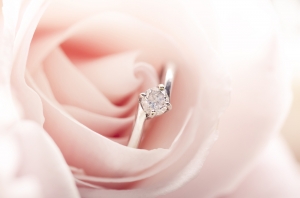Cooking is an art that requires precision, creativity, and the right tools. One of the most essential tools in any kitchen is a knife. However, many home cooks and even professional chefs often overlook the importance of knife maintenance, particularly sharpening. Dull knives can significantly hinder your cooking experience, making it less enjoyable and more dangerous. In this article, we will explore the impact of dull knives on cooking, the benefits of using sharp knives, and the various methods available for sharpening them.
The Importance of Sharp Knives
Enhancing Safety in the Kitchen
One of the most critical reasons to keep your knives sharp is safety. Dull knives can be more dangerous than sharp ones. When a knife is dull, it requires more force to cut through food, which can lead to slips and accidents. A sharp knife, on the other hand, requires less pressure, allowing for better control and reducing the risk of injury. The ease of cutting with a sharp knife means that you can focus on your technique rather than struggling with the tool. Additionally, the psychological aspect of using a sharp knife can enhance your confidence in the kitchen, allowing you to experiment with new techniques and recipes without the fear of injury.
Improving Efficiency and Precision
Sharp knives make cooking more efficient. They slice through ingredients with ease, allowing you to prepare meals faster. Whether you are chopping vegetables, filleting fish, or slicing meat, a sharp knife will provide clean cuts, enhancing the presentation of your dishes. This precision not only improves the aesthetic appeal of your food but also affects cooking times and the overall quality of the meal. For instance, when you cut vegetables uniformly, they cook evenly, ensuring that every bite is just as delicious as the last. Moreover, the time saved by using sharp knives can be redirected towards other aspects of meal preparation, such as experimenting with flavors or garnishing your dishes.
Enhancing Flavor and Texture
The way food is cut can influence its flavor and texture. For instance, when vegetables are sliced cleanly with a sharp knife, they retain their juices and crispness, leading to a better taste. Dull knives can crush or bruise ingredients, which may release unwanted flavors and alter the texture of the food. This is particularly important for delicate items like herbs and fruits, where a clean cut can make a significant difference. The freshness of herbs, for example, can be compromised by a dull knife, leading to a loss of essential oils and flavors. By using sharp knives, you ensure that the natural flavors of your ingredients shine through, elevating your dishes to a new level of culinary excellence.
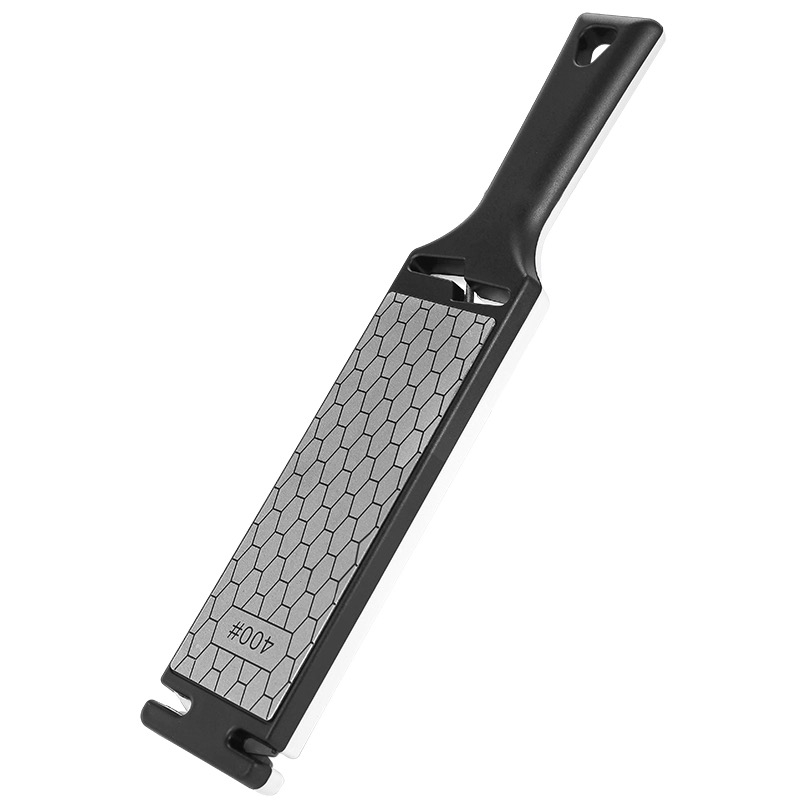
Signs That Your Knife is Dull
Difficulty in Cutting
If you find yourself sawing back and forth to cut through food, it's a clear indication that your knife is dull. A sharp knife should glide through ingredients with minimal effort. If you are struggling, it's time to sharpen your knife. This struggle not only slows down your cooking process but can also lead to frustration, making the experience less enjoyable. Recognizing this sign early can save you time and effort in the long run, allowing you to maintain a smooth workflow in the kitchen.
Uneven Cuts
When your knife is dull, it can produce uneven cuts. This not only affects the presentation of your dish but can also lead to uneven cooking. For example, if you are slicing meat, uneven pieces will cook at different rates, resulting in some parts being overcooked while others are undercooked. This inconsistency can be particularly detrimental in dishes that require precise cooking times, such as roasts or stir-fries. By ensuring your knife is sharp, you can achieve uniform cuts that enhance both the visual appeal and the taste of your meals.
Increased Pressure Required
If you notice that you have to apply more pressure than usual to make a cut, your knife is likely dull. This increased effort can lead to fatigue and frustration, making the cooking process less enjoyable. The physical strain of using a dull knife can also detract from your overall cooking experience, making it feel like a chore rather than a creative outlet. By maintaining sharp knives, you can enjoy a more relaxed and enjoyable cooking process, allowing you to focus on the joy of preparing food.
Visible Damage to the Blade
Inspecting your knife for visible damage can also help determine its sharpness. If you see nicks or chips along the edge, it's a sign that your knife needs professional sharpening or replacement. These imperfections can not only hinder the knife's performance but can also pose safety risks, as they can lead to unexpected slips during cutting. Regularly checking your knives for damage ensures that you are always working with tools that are safe and effective, contributing to a more enjoyable cooking experience.
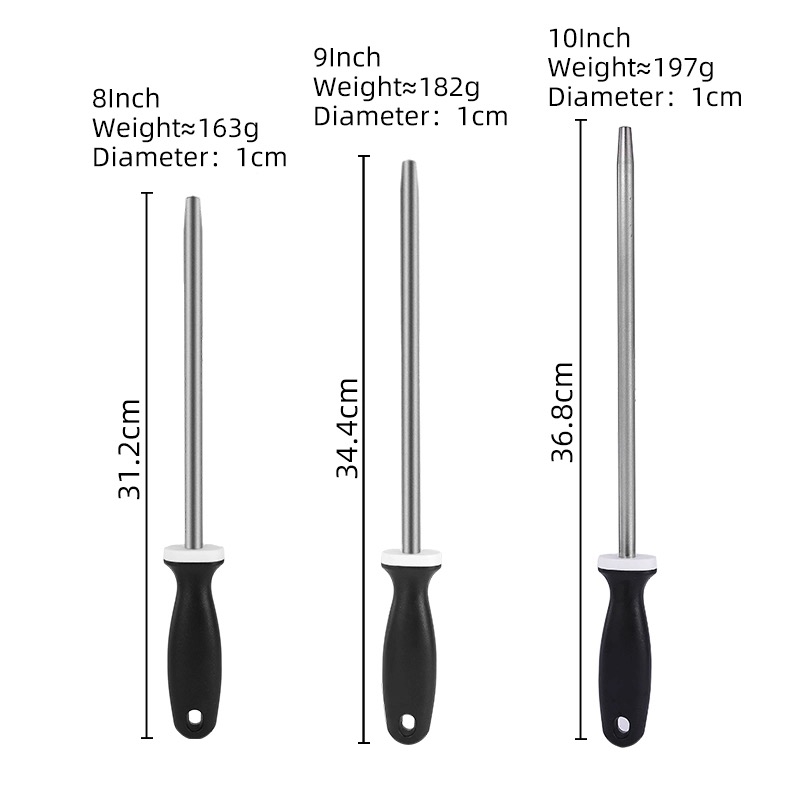
Methods for Sharpening Knives
Manual Sharpening Tools
There are several manual sharpening tools available that can help you maintain your knives effectively. These include whetstones, honing rods, and pull-through sharpeners. Each method has its own advantages and can cater to different skill levels and preferences.
Whetstones
Whetstones are a traditional method for sharpening knives. They come in various grits, allowing you to sharpen and polish your blade. To use a whetstone, you need to soak it in water, then hold the knife at the correct angle and slide the blade across the stone. This method requires some practice but can yield excellent results. The tactile feedback from using a whetstone can also enhance your understanding of the sharpening process, allowing you to develop your skills over time. Additionally, using a whetstone can be a meditative experience, providing a sense of satisfaction as you restore your knife's edge.
Honing Rods
Honing rods are used to realign the edge of a knife rather than sharpen it. Regular use of a honing rod can help maintain the sharpness of your knife between sharpenings. To use a honing rod, hold it vertically and slide the knife down the rod at a 20-degree angle, alternating sides. This simple technique can significantly extend the life of your knife's edge, ensuring that it remains effective for longer periods. Incorporating honing into your routine can become a quick and easy way to keep your knives in top condition without the need for extensive sharpening sessions.
Pull-Through Sharpeners
Pull-through sharpeners are user-friendly and ideal for those who may not have experience with whetstones. These devices typically have two slots: one for coarse sharpening and another for fine honing. Simply pull the knife through the appropriate slot a few times to achieve a sharper edge. While they may not provide the same level of precision as whetstones, they are a convenient option for quick touch-ups. Their ease of use makes them a popular choice for busy home cooks who want to maintain their knives without investing too much time or effort.
Electric Sharpeners
For those who prefer a quicker and more automated solution, electric sharpeners are available. These devices can sharpen knives quickly and efficiently, making them a popular choice for busy kitchens. However, it's essential to follow the manufacturer's instructions to avoid damaging the blade. Electric sharpeners can be particularly beneficial for those who may not have the time or inclination to sharpen their knives manually. They offer a consistent sharpening angle and speed, ensuring that your knives are always ready for use. However, it is important to choose a high-quality electric sharpener to avoid excessive wear on your blades.
Professional Sharpening Services
If you have high-quality knives or are unsure about sharpening them yourself, consider using a professional sharpening service. These experts have the tools and experience to restore your knives to their optimal condition. Regular professional sharpening can extend the life of your knives and ensure they perform at their best. Many professional services also offer advice on knife care and maintenance, helping you to develop better habits that will keep your knives in excellent shape. Investing in professional sharpening can be a worthwhile expense, especially for those who rely heavily on their knives for daily cooking.
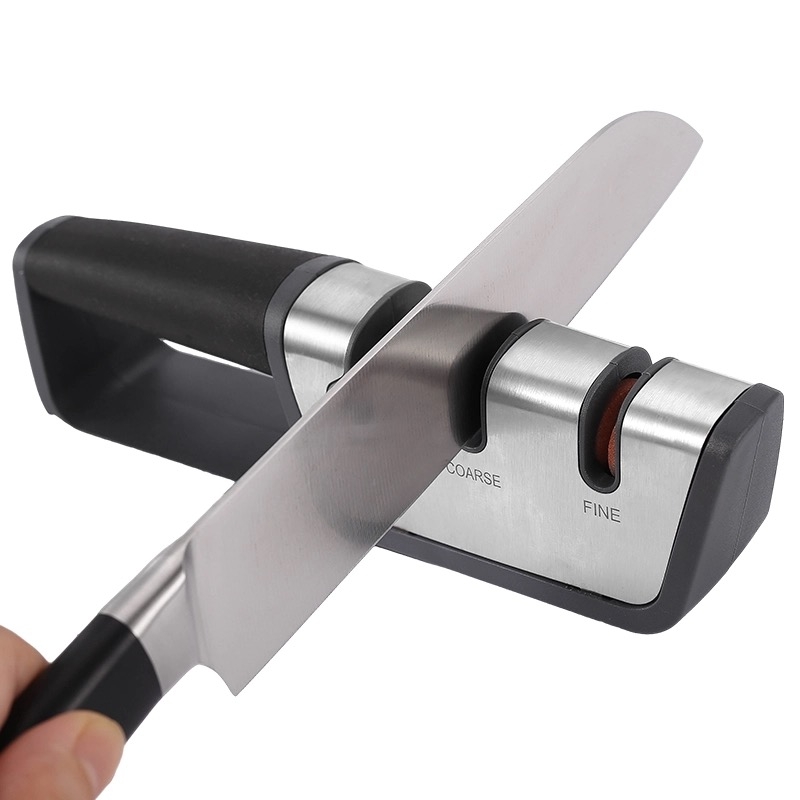
Maintaining Your Knives
Proper Storage
How you store your knives can significantly impact their longevity and sharpness. Avoid tossing them into a drawer where they can get nicked or damaged. Instead, consider using a knife block, magnetic strip, or protective sheaths to keep them safe and secure. Proper storage not only protects the blades but also ensures that they are easily accessible when you need them. A well-organized kitchen can enhance your cooking experience, allowing you to find the right tools quickly and efficiently.
Regular Cleaning
Keeping your knives clean is essential for maintaining their performance. After each use, wash your knives by hand with warm, soapy water and dry them immediately. Avoid putting them in the dishwasher, as the heat and moisture can damage the blade and handle. Regular cleaning not only prevents the buildup of food particles and bacteria but also helps to maintain the knife's appearance. A clean knife is not only safer to use but also more enjoyable to work with, as it reflects the care and attention you put into your cooking.
Avoiding Hard Surfaces
Using hard surfaces like glass or stone cutting boards can dull your knives quickly. Opt for wooden or plastic cutting boards, which are gentler on the blade and help maintain its sharpness. The choice of cutting board can have a significant impact on the longevity of your knives. Wooden boards, in particular, are known for their ability to self-heal, meaning that small cuts and grooves will close up over time, reducing wear on your knife. By selecting the right cutting surface, you can protect your investment and ensure that your knives remain sharp for longer.
Conclusion
Dull knives can ruin your cooking experience, making it less enjoyable and more hazardous. By understanding the importance of sharp knives and implementing proper maintenance techniques, you can enhance your cooking efficiency, safety, and the overall quality of your meals. Whether you choose manual sharpening tools, electric sharpeners, or professional services, keeping your knives in top condition is essential for any home cook or professional chef. Embrace the art of knife sharpening, and transform your culinary experience into something truly exceptional. The joy of cooking lies not only in the ingredients but also in the tools you use, and a sharp knife can make all the difference in your kitchen adventures.
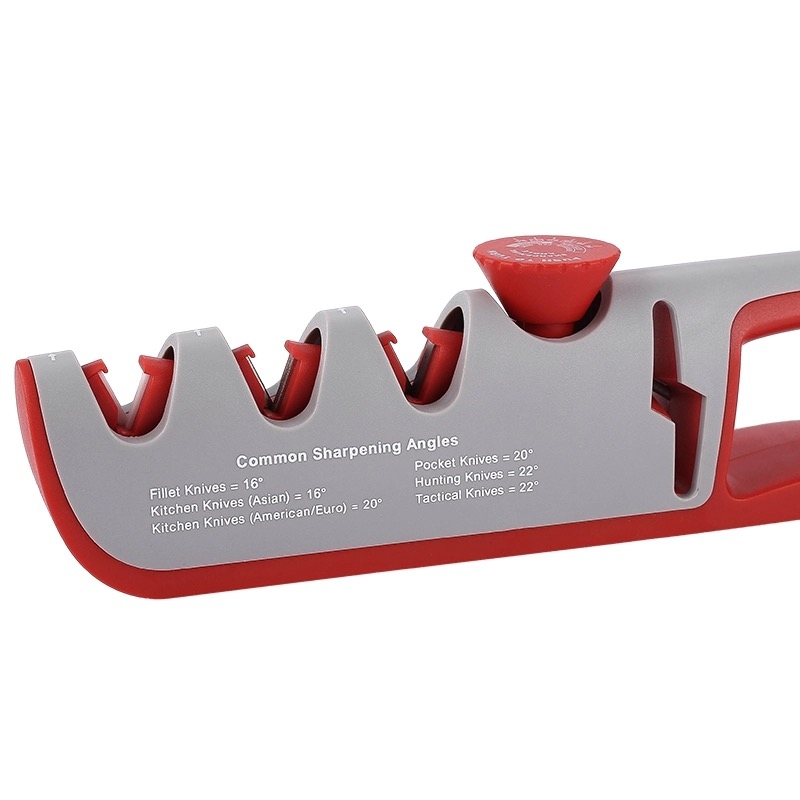
Frequently Asked Questions regarding Knife Sharpener
1. How often should I sharpen my knives?
The frequency of sharpening depends on how often you use your knives. For home cooks who use their knives daily, sharpening every few weeks is advisable. If you use them less frequently, sharpening every few months may suffice. Regular honing can help maintain the edge between sharpenings.
2. What is the difference between sharpening and honing?
Sharpening removes material from the blade to create a new edge, while honing realigns the existing edge without removing material. Honing should be done regularly to maintain sharpness, while sharpening is needed when the knife becomes dull.
3. Can I use a whetstone if I'm a beginner?
Yes, beginners can use a whetstone, but it requires practice to master the technique. Start with a medium grit stone and watch tutorials to learn the correct angle and motion. With time, you will improve your skills and achieve better results.
4. Are electric sharpeners better than manual sharpeners?
Electric sharpeners are faster and easier to use, making them suitable for those who want quick results. However, manual sharpeners, like whetstones, can provide more control and precision, allowing for a finer edge. The choice depends on your preference and comfort level.
5. What should I do if my knife has chips or nicks?
If your knife has chips or nicks, it may require professional sharpening to restore its edge. Attempting to sharpen a damaged blade at home can worsen the issue. A professional can assess the damage and sharpen the knife effectively, ensuring it is safe and functional.





